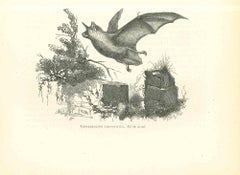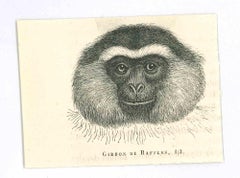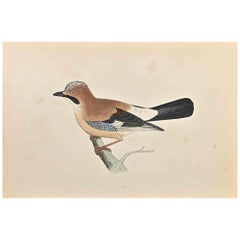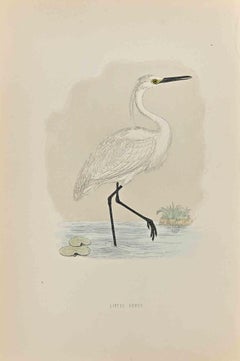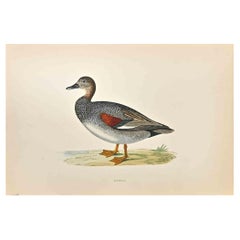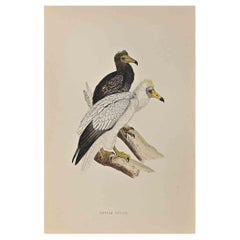19th Century Animal Prints
Modern 19th Century Animal Prints
Lithograph, Paper
Modern 19th Century Animal Prints
Lithograph, Paper
Modern 19th Century Animal Prints
Woodcut
Modern 19th Century Animal Prints
Woodcut
Modern 19th Century Animal Prints
Woodcut
Modern 19th Century Animal Prints
Woodcut
Modern 19th Century Animal Prints
Woodcut
19th Century Animal Prints
Paper
Modern 19th Century Animal Prints
Lithograph
Modern 19th Century Animal Prints
Paper, Lithograph
Other Art Style 19th Century Animal Prints
Lithograph
Modern 19th Century Animal Prints
Lithograph
Modern 19th Century Animal Prints
Lithograph
Modern 19th Century Animal Prints
Lithograph, Paper
Victorian 19th Century Animal Prints
Watercolor, Lithograph
Naturalistic 19th Century Animal Prints
Lithograph
Naturalistic 19th Century Animal Prints
Lithograph
Naturalistic 19th Century Animal Prints
Lithograph
Victorian 19th Century Animal Prints
Watercolor, Lithograph
Naturalistic 19th Century Animal Prints
Lithograph
Victorian 19th Century Animal Prints
Watercolor, Engraving, Aquatint, Intaglio
Modern 19th Century Animal Prints
Etching
Naturalistic 19th Century Animal Prints
Lithograph
Victorian 19th Century Animal Prints
Watercolor, Engraving, Intaglio
Naturalistic 19th Century Animal Prints
Lithograph
Naturalistic 19th Century Animal Prints
Lithograph
Naturalistic 19th Century Animal Prints
Lithograph
Victorian 19th Century Animal Prints
Watercolor, Lithograph
Modern 19th Century Animal Prints
Lithograph
Modern 19th Century Animal Prints
Woodcut
Naturalistic 19th Century Animal Prints
Lithograph
19th Century Animal Prints
Aquatint
Modern 19th Century Animal Prints
Lithograph
Modern 19th Century Animal Prints
Lithograph, Paper
Modern 19th Century Animal Prints
Lithograph, Paper
Modern 19th Century Animal Prints
Lithograph, Paper
Modern 19th Century Animal Prints
Lithograph, Paper
Modern 19th Century Animal Prints
Lithograph, Paper
Modern 19th Century Animal Prints
Lithograph, Paper
Modern 19th Century Animal Prints
Woodcut
Modern 19th Century Animal Prints
Woodcut
Modern 19th Century Animal Prints
Woodcut
Modern 19th Century Animal Prints
Woodcut
Modern 19th Century Animal Prints
Woodcut
Modern 19th Century Animal Prints
Lithograph, Paper
Modern 19th Century Animal Prints
Lithograph
Naturalistic 19th Century Animal Prints
Lithograph
19th Century Animal Prints
Lithograph
Academic 19th Century Animal Prints
Lithograph
Naturalistic 19th Century Animal Prints
Lithograph
American Realist 19th Century Animal Prints
Lithograph
Naturalistic 19th Century Animal Prints
Handmade Paper, Lithograph
Naturalistic 19th Century Animal Prints
Lithograph
Naturalistic 19th Century Animal Prints
Lithograph
Modern 19th Century Animal Prints
Drypoint, Etching
19th Century Animal Prints
Woodcut
Naturalistic 19th Century Animal Prints
Lithograph
Naturalistic 19th Century Animal Prints
Lithograph
Naturalistic 19th Century Animal Prints
Lithograph
Victorian 19th Century Animal Prints
Watercolor, Lithograph
